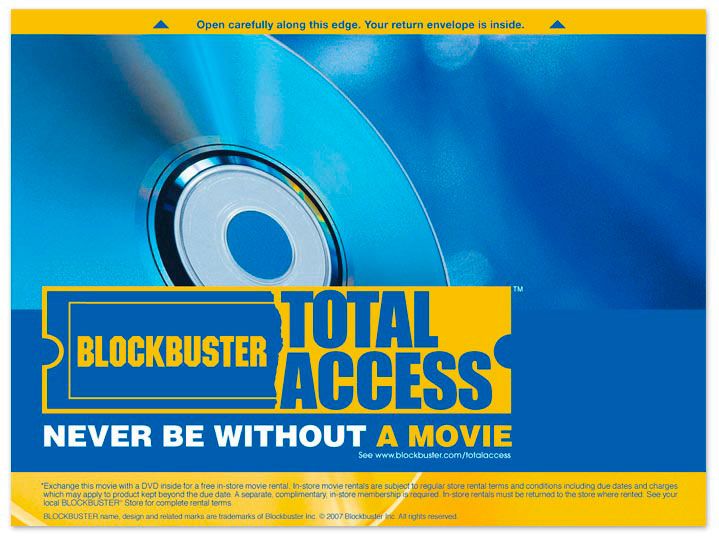Reputation plays a crucial role for businesses, impacting success regardless of leadership’s acknowledgment. Similar to natural disasters or other crises, public perception can significantly influence an organization’s outcomes.
What is reputational risk?
Organizations need to manage various forms of risk at any given time, including operational, financial, compliance, and personnel risks. The manner in which a business addresses these issues contributes to its market perception, and mismanagement can lead to reputational harm.
A damaged reputation can adversely affect a company’s brand and its various operational aspects. For instance, neglecting to implement robust cybersecurity measures may lead to malware incidents, prompting consumer distrust in the business.
It is vital for companies to consistently manage their market standing and strive to meet or exceed the expectations of customers, partners, and regulatory bodies.
Types of reputational risk
Reputational risk can be categorized into three types: direct, indirect, and tangential risks. Each category can manifest independently or collectively.
Direct risks: These originate from the organization’s actions, such as facing a cyberattack that halts operations or releasing a product that harms consumers. These events often dominate headlines.
Indirect risks: Stemming from employee actions, these risks can emerge when an employee triggers a significant technology outage affecting numerous customers.
Tangential risks: These arise from third parties, like partners or suppliers. This type of risk is particularly common, as the primary organization may have limited control over third-party actions.
It is critical for company leaders to recognize these risks and adopt strategies to mitigate their occurrence.
Causes of reputational risk
Reputational risk is increasingly recognized as a distinct category, although it often results from failures in other business risk areas. Causes may include:
- Actions or inactions by the organization or its personnel.
- Ethical breaches undermining integrity standards.
- Failure to meet social expectations, including environmental initiatives.
- Inconsistent behaviors or comments not aligned with consumer views.
- Poor product quality and customer service.
- Fraud or financial misconduct.
- Negligent data security and awareness training.
- Failure to disclose cybersecurity incidents due to compliance issues.
Reputational risk incidents can result in severe repercussions, including lost sales, a shrinking customer base, regulatory fines, costly lawsuits, and overall financial harm.
Strategies to mitigate reputational risk
To address reputational risk, businesses must first acknowledge its existence and understand its implications. Conducting a comprehensive risk assessment can help identify the root causes and outline strategies for mitigation.
A risk assessment identifies potential risks, assesses their likelihood, and gauges their impact on the organization. This information can be pivotal in developing controls to prevent future reputational risks and lessen the severity of ongoing issues.
Establishing key risk indicators to gauge stakeholder perceptions is also beneficial. These indicators could include shifts in media coverage, social media comments, and rising customer complaints.
Third-party reputation risk management
Given that reputational risks can arise from third-party interactions, a risk-based approach to vendor management is critical for both new and existing partnerships.
Conducting a third-party risk assessment helps evaluate the security controls of a vendor to avoid operational compromises. Emphasis should be placed on measures that protect against cyberattacks and unauthorized access.
To assess vendor security, consider developing a questionnaire based on cybersecurity frameworks such as NIST and regulations like PCI DSS, HIPAA, and GDPR.
Relevant issues to evaluate include:
- Security controls currently in place.
- Handling and storage of sensitive data.
- Authentication processes.
- Frequency of data backups.
- Preparedness of an incident response plan.
- Emergency communication methods.
- Efforts for regulatory compliance.
- Availability of privacy and cybersecurity policies.
Organizations can rank vendors by the level of risk they pose to better evaluate potential threats. Additionally, investigating the vendor’s history and reputation, including prior operational or financial challenges and their resolutions, is essential.
Reputation management tools
A variety of software tools are offered to assist in reputational risk management.
These tools typically monitor interactions related to a brand across various media formats, analyzing customer communications—both positive and negative—and alerting the organization of significant changes. A growing number of these tools incorporate AI functionality to enhance data analysis and provide actionable insights.
Consulting firms specializing in reputation management are also available to aid in both corporate reputation improvement and recovery efforts.
Notable reputation management products include:
- Birdeye.
- BrightLocal.
- DemandHub.
- NiceJob.
- Podium.
- ReputationDefender by Norton.
- Reputation Experience Management.
- Reputation Rhino.
- Swell.
- Yext Digital Presence Platform.
Some tools focus on enhancing online reputation, while others target recovery and repair efforts. Certain solutions cater to both needs.
Paul Kirvan is an independent consultant, IT auditor, technical writer, editor, and educator with over 25 years of expertise in business continuity, disaster recovery, security, enterprise risk management, telecom, and IT auditing.



